One of the main things that we intended to do in Portugal was to see the ocean. Since Lisbon lies on the River Tagus that empties into the Atlantic Ocean, we had to go further west to get to the ocean. The city of Cascais located near Lisbon was the place that introduced us to the open ocean. It took just 40 minutes to reach it by train.
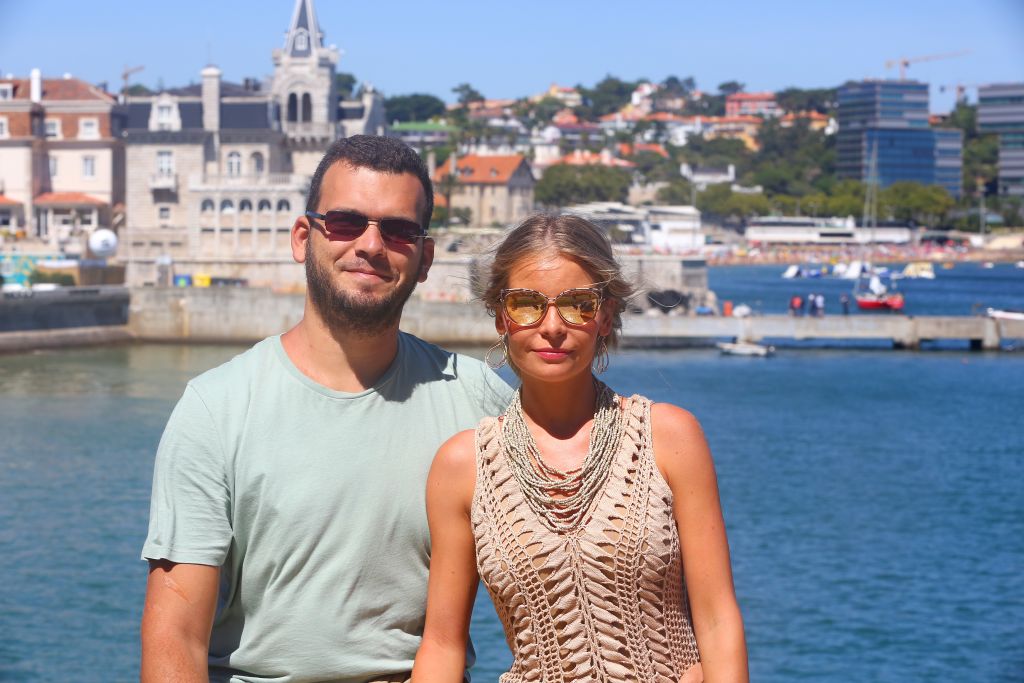
Cascais is popular among the Portuguese, who often come here from different parts of the country to swim and sunbathe. The town is famous for its lovely natural beaches – there’s about a dozen of them.
One of the beaches called Praia da Rainha is situated in a lagoon and surrounded by rocks. That’s why it’s not windy there, and the water is relatively calm and a couple of degrees warmer than elsewhere. We came there hoping to spend at least a day lazing on the beach. However, we weren’t able to do that. Although we got there in mid-August, the water temperature was just 16 degrees.
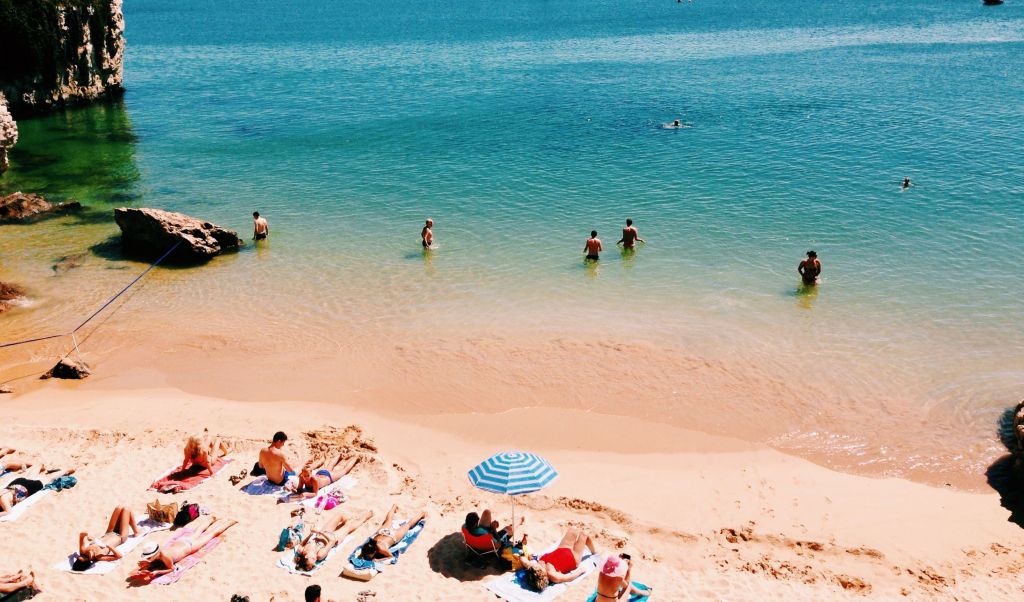
We certainly spent some time on the beach. Our kids played a bit there, and we even had a quick swim, but it was more of box ticking than actual pleasure.
Later, we found there are special sea pools used for swimming here. For example, the Alberto Romano pool is a sort of a fenced pond within the sea. During the day, the water gets quite warm here, so people have a chance to bathe in the Atlantic waters without freezing up.
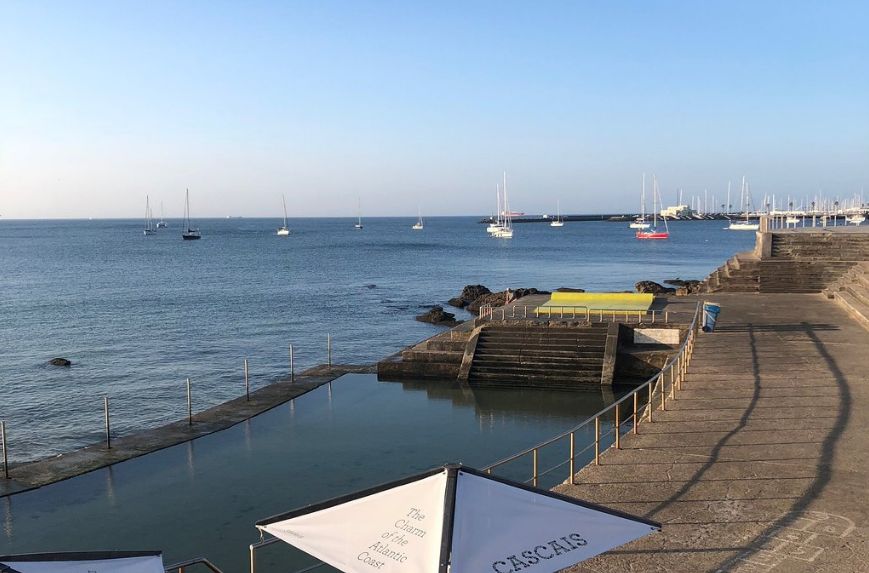
Marshal Carmona Park
Cascais is a very clean and beautiful resort seaport town. There are lots of old constructions preserved here: churches, mansions, and simply lovely houses with tiled roofs and azulejo mosaicked walls.
There are a lot of neat picturesque parks with great landscape design in the city. We visited one of them called the Marshal Carmona Park. It’s a large area perfect for quiet walks and family picnics in the open air.
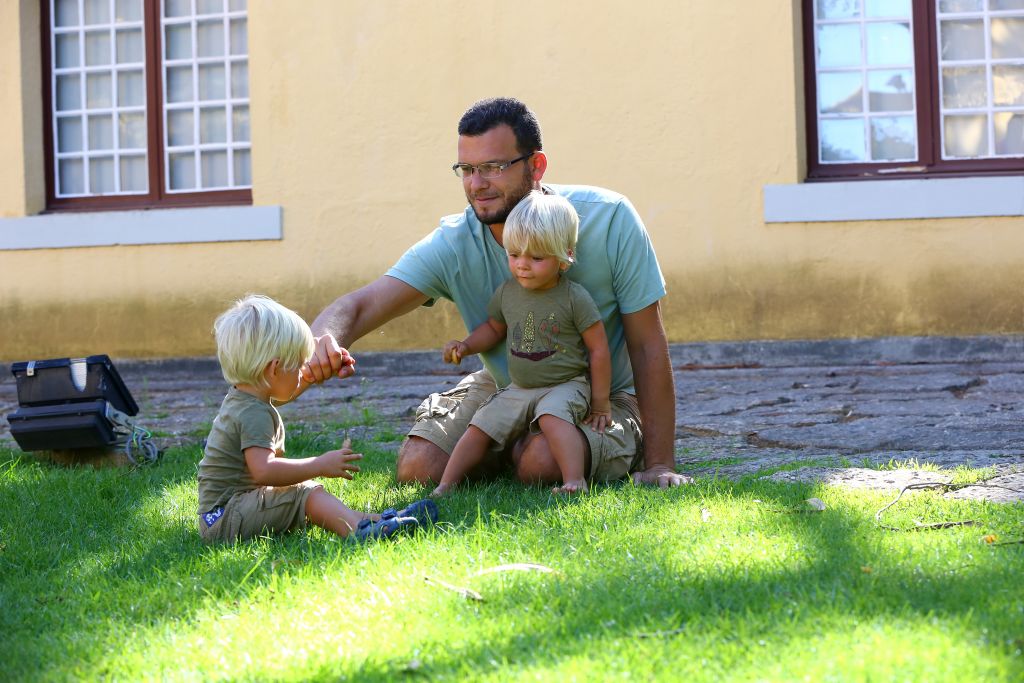

Apart from green lawns, magnificent fountains, an impressive rose garden, and headily clean air, the park has a great variety of birds living there: peacocks, pheasants, ducks, hens. They consider themselves the owners of the park and walk around freely without fearing people. There’s a pond inhabited by fish, turtles, and again, flocks of different birds.

The Condes de Castro Guimarães Museum, a former palace of a Portuguese aristocrat, is situated in the park. It was built in the early 20th century but looks as an old building having features of several architectural styles.
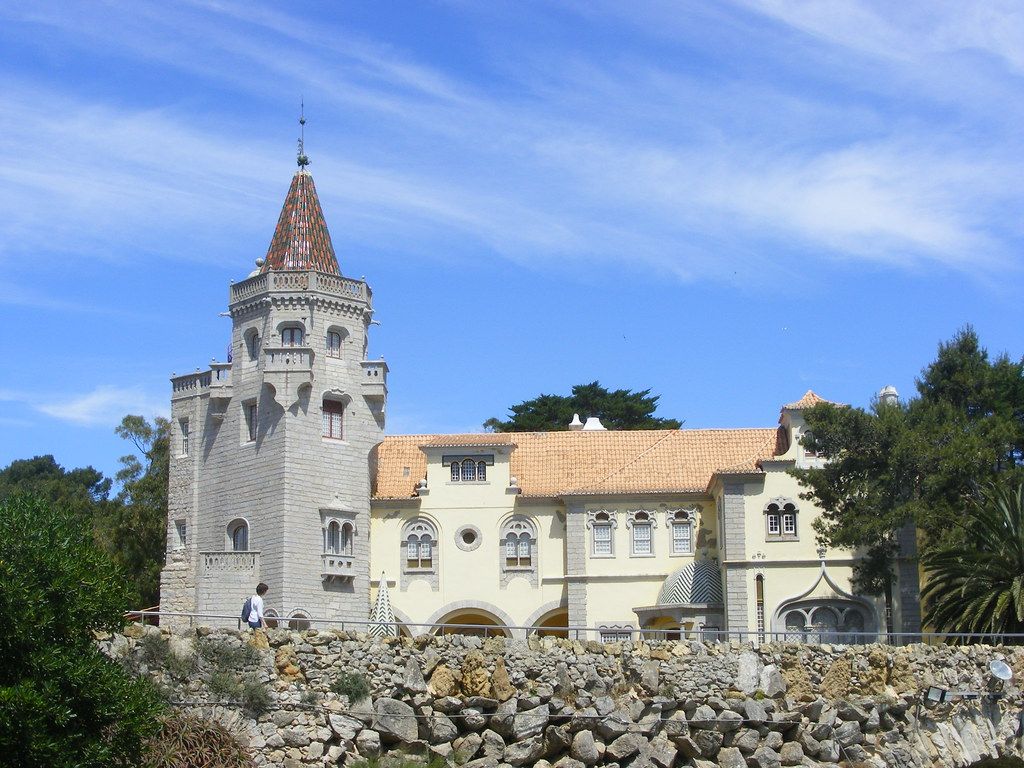
Inside the museum, you can admire its gorgeous interior, Indo-Portuguese furniture collections, art galleries, and a huge library having over 25,000 old books.
Boca do Inferno
It’s a unique natural landmark – a high rocky cliff, or rather a whole group of cliffs with caves and a large grotto. Its name is literally translated as Hell’s Mouth. It’s an extremely picturesque place. The cliff has a stunning view of the ocean, of its endless waters.
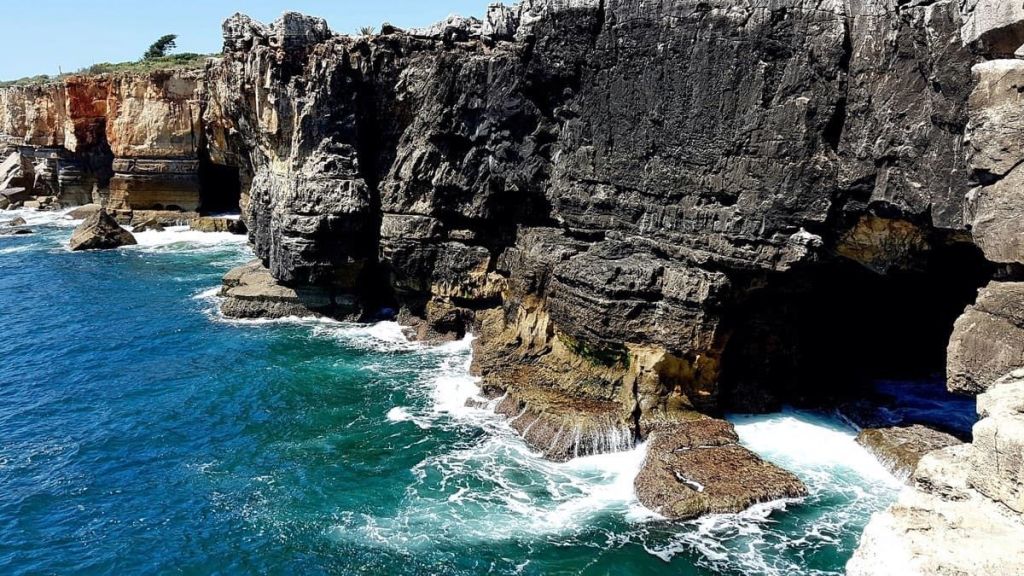
The bad weather makes the area even more picturesque – huge waves crash against the inside of the grotto, resembling a monster’s mouth, and are thrown back then turning into powerful streams. The sound of banging waves is intensified and distorted inside the cave creating a creepy feeling of something mystical and infernal.
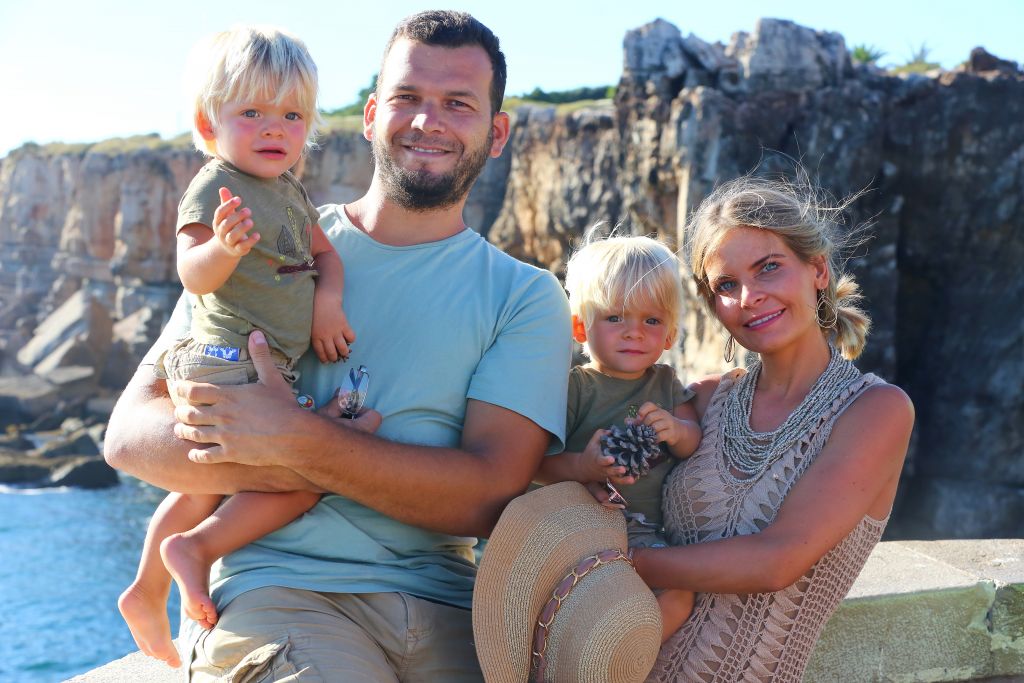
Citadel of Cascais
The fortress (citadel) is one of the major historic landmarks of the town. It was built in the 15th century. A large solid fortress and its defenders always did their best to perform their main function – fighting off the enemy attacks – impeccably. However, there are two important battles that were lost: with Spaniards who attempted to seize power over Portugal in the 16th century and with Napoleon’s army in the 18th century.
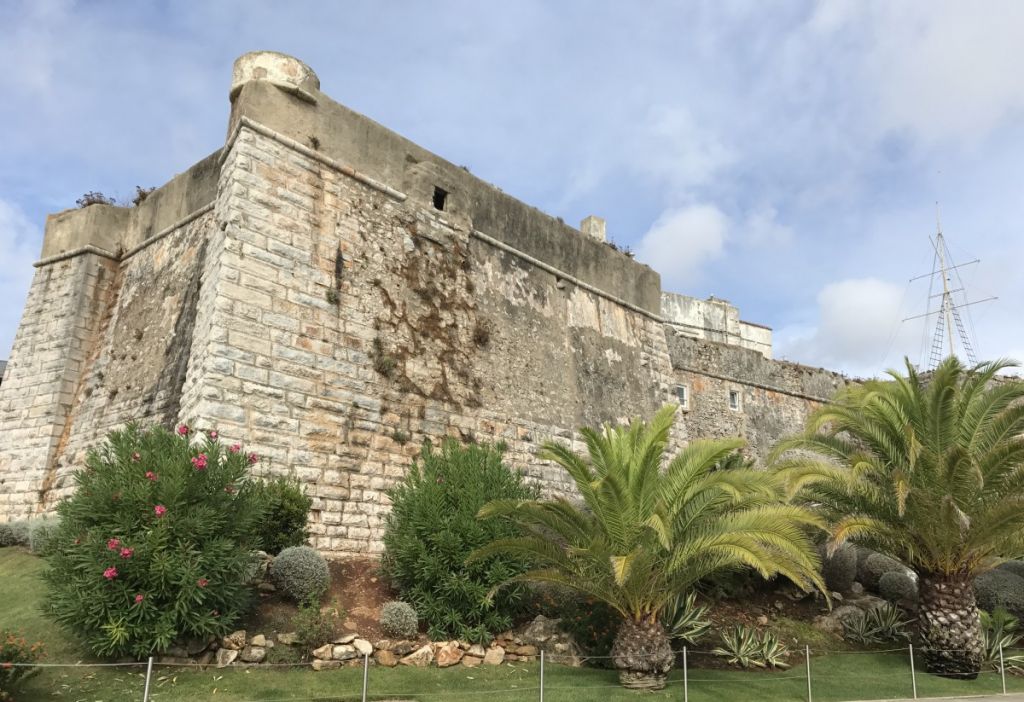
In the 19th century, King Luís I settled in Cascais after falling in love with the beauty and location of the town (the monarch was famous for his passion for the ocean and serious interest in oceanography). He chose the fortress – having magnificent views of the water from its windows – to be a future royal summer residence. After the king’s decision, the town started to attract aristocrats and quickly became – and still is – one of the most fashionable resorts in the country.
The citadel is open for organized tourist groups, but can also be visited without a tour guide – along the walls, there are beautiful promenade alleys with huge palms planted sideways, so you can walk there on your own for hours exploring the area. There are a palace museum, a cultural centre, a hotel (exclusive and very expensive), and a municipal conference hall inside the fortress. Besides, the president’s summer residence is located in one of the citadel buildings.
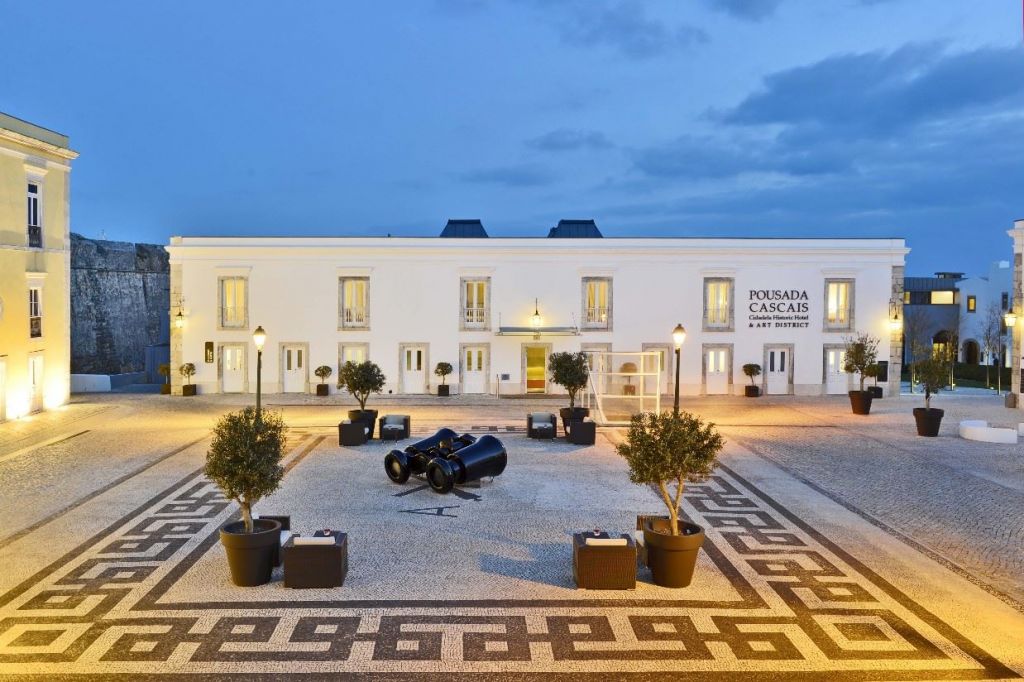
Photo: Sunvil
Church of the Assumption
The Church of the Assumption (Igreja de Nossa Senhora da Assunção) is a renowned church that miraculously managed to survive the severe earthquake of 1755. It’s a low building having a simple façade with two bell towers on each side. Inside, there are gilded altars, azulejo, and frescoes with Gospel scenes. It’s remarkable that almost all interior decorations of the church were created in the 16-17th centuries. The church is not a museum, it still functions as a parish church where regular services are held.
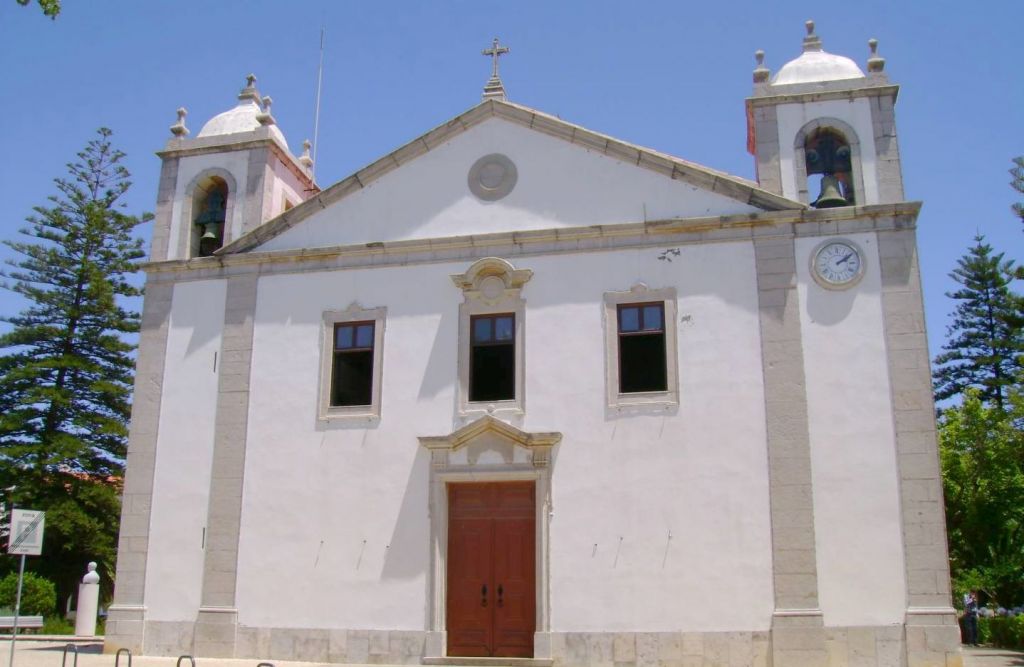
Photo: All About Portugal
Restaurants and Octopuses
Visiting the town port, we were impressed by the huge number of octopuses we saw there. There were hundreds of special cages used to catch them. Here you see the scale of octopus farming. While in the Mediterranean, octopuses are just cooked well and in large amounts, the Portuguese have an octopus cult. Huge numbers of octopuses are constantly caught to provide literally everyone with the product.
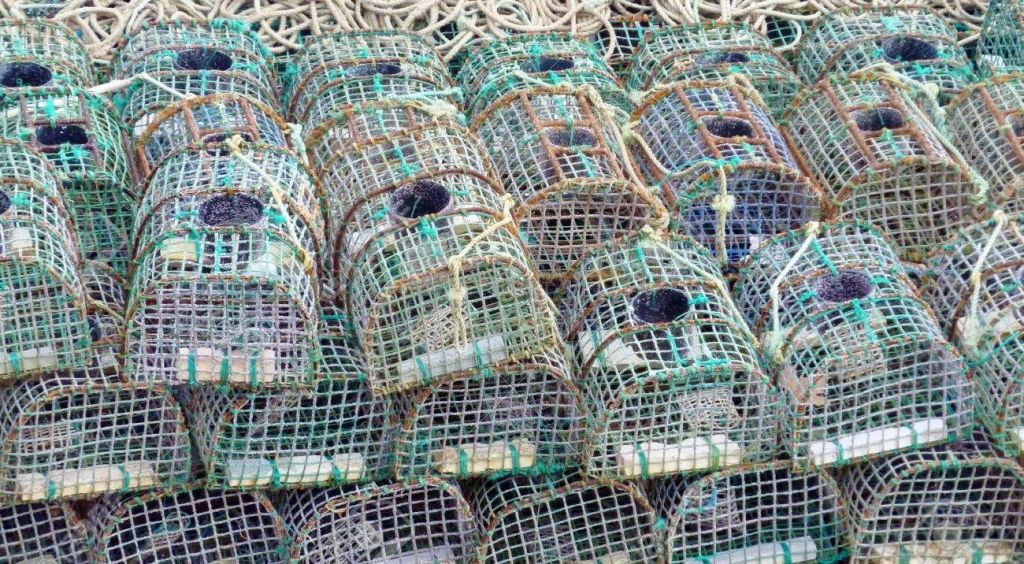
We came across a restaurant called Polvo Vadio that offers extremely tasty octopus dishes. It’s a small eatery consisting of a room with several tables. Perhaps, it’s the best place in town if you want to taste a well-cooked octopus.

Casa de Santa Maria and Lighthouse
The Casa de Santa Maria (House of Saint Mary) is a beautiful quasi-antique building on the coast. It was built in the early 20th century by order of Jorge O’Neil, the richest tobacco magnate, who, by the way, was also the first owner of the palace where the Condes de Castro Guimarães Museum is situated nowadays. The building was designed to become one of Cascais’s pearls, and the architect managed to fulfil the task perfectly. One of the succeeding palace owners, interested in history and art, decorated the interior with old artefacts. For instance, an 18th-century fresco from the ceiling of an old chapel and azulejo dating from the early 17th century.
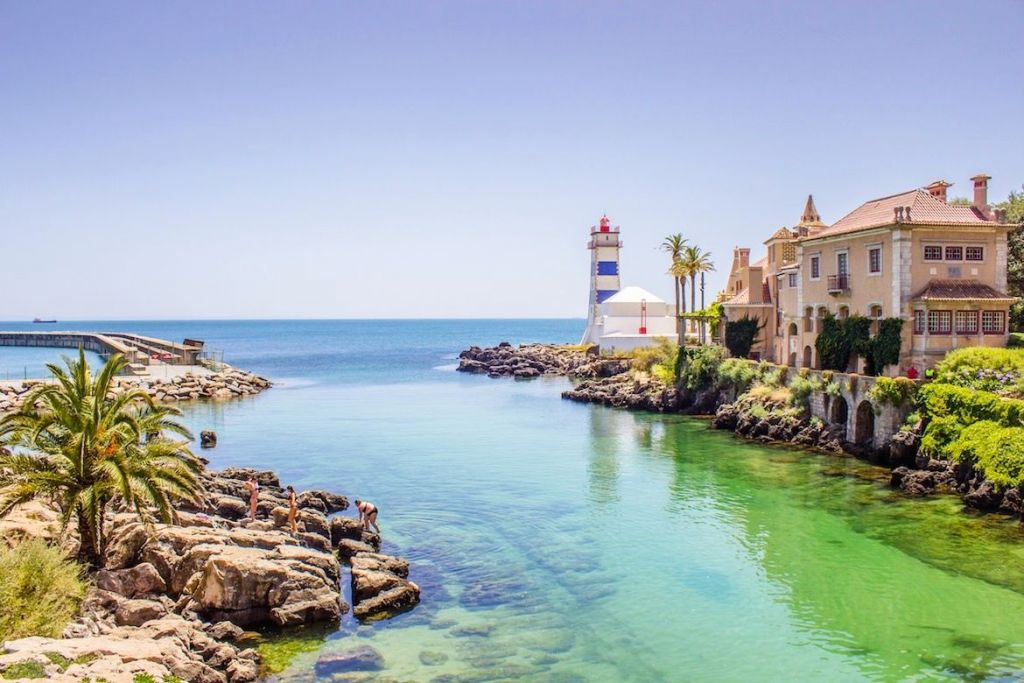
The House of Saint Mary is a museum now. The main exhibits are “immovable” items of the medieval Portuguese art such as frescoes, mosaics, etc.
In the close vicinity of the small palace, the Santa Maria lighthouse built in the late 19th century is situated. The gracious 20-metre tower with walls from white and blue tiles is another pride of Cascais.
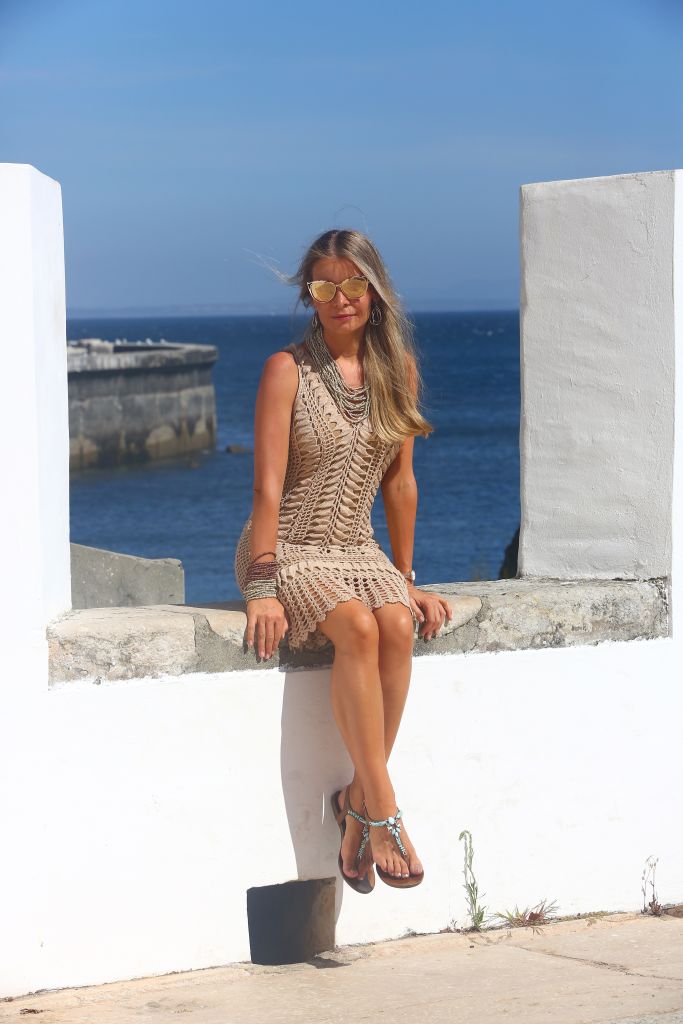
On the terrace next to the lighthouse
There’s a little museum owned by naval forces inside. You can learn the history of lighthouses here as well as have a look at a keeper’s record book which contains a detailed description of each day since the opening of the lighthouse. A viewpoint on top of the Santa Maria lighthouse has breathtaking views of the ocean and town quarters.
Cascais left a very good impression on us. This charming fishing town is also very tourist-oriented, but it’s cleaner and calmer than Lisbon.
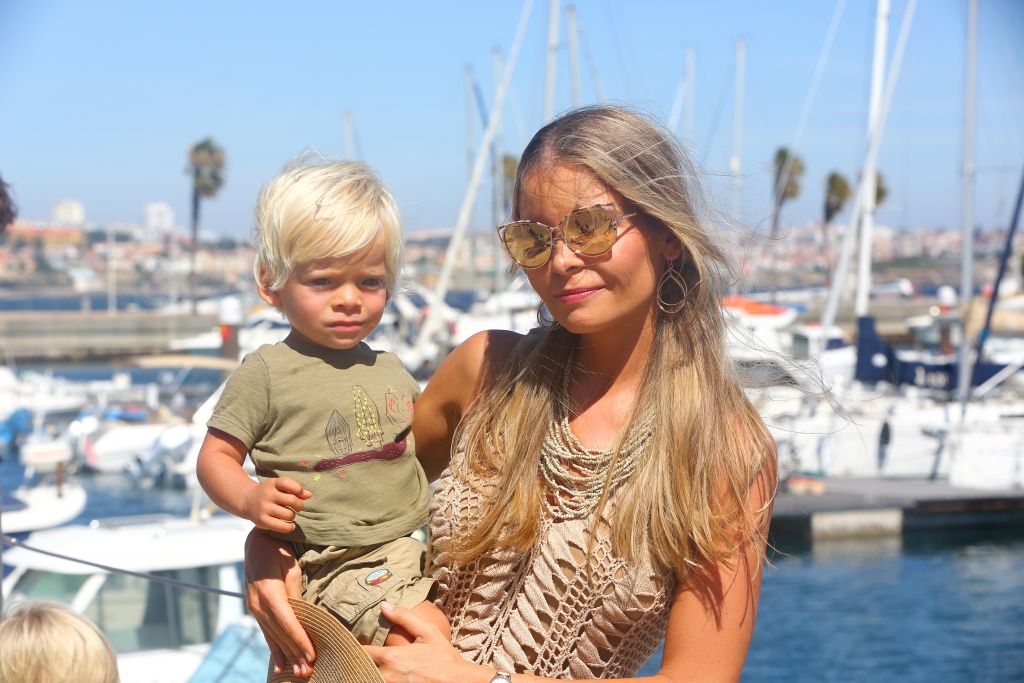


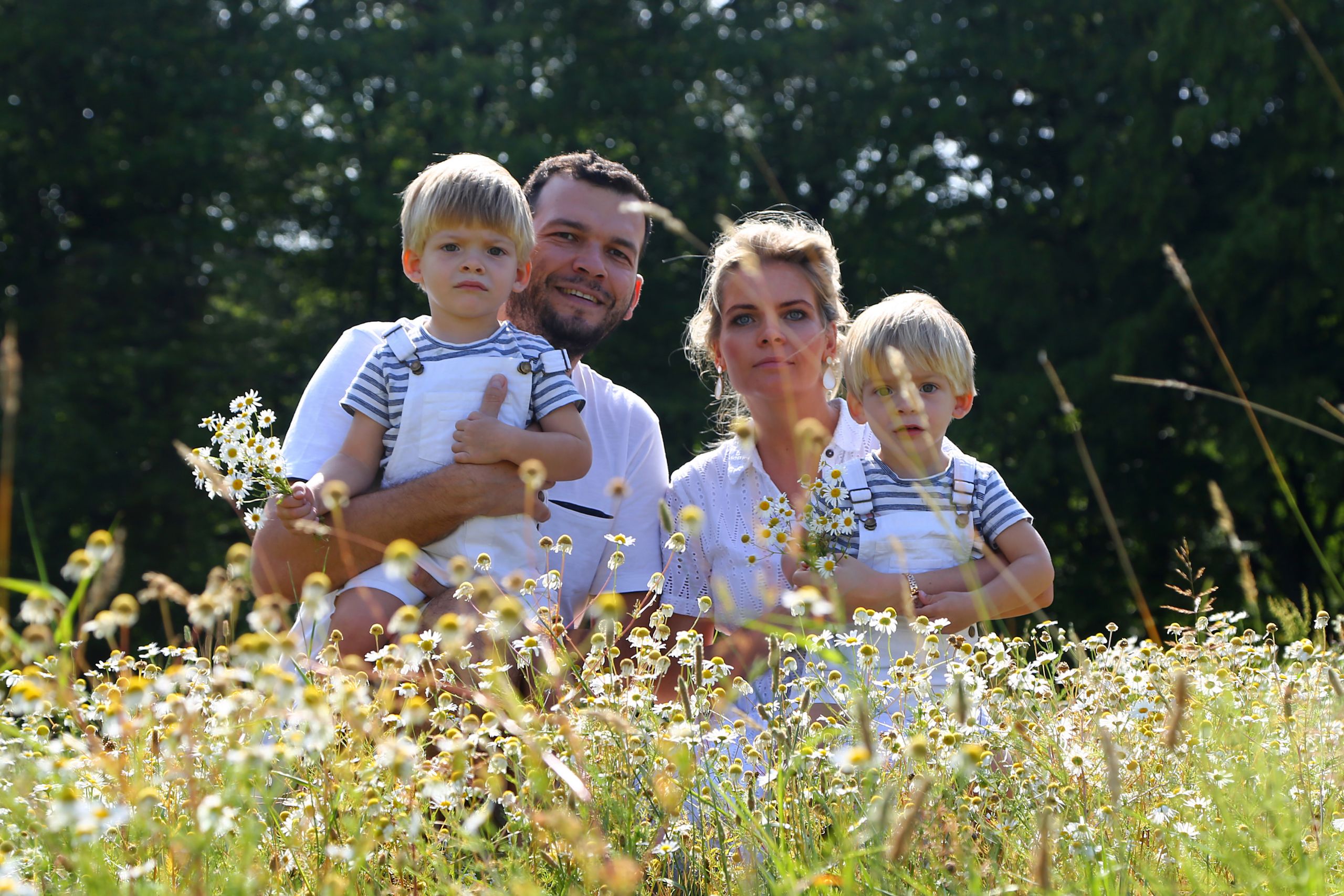



Leave A Comment